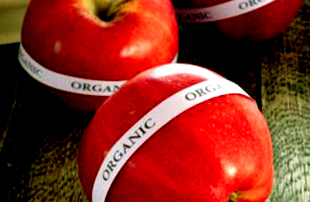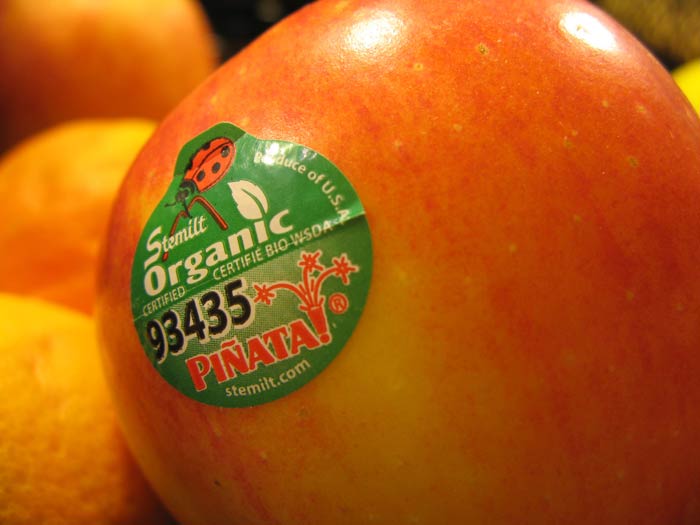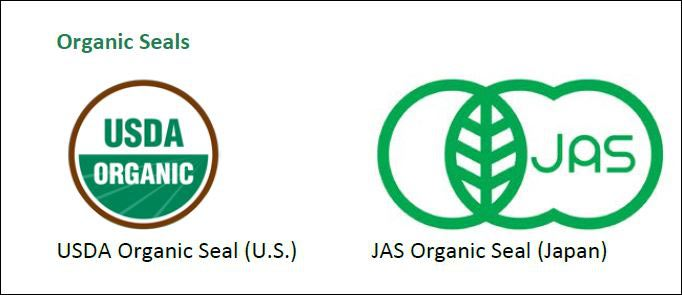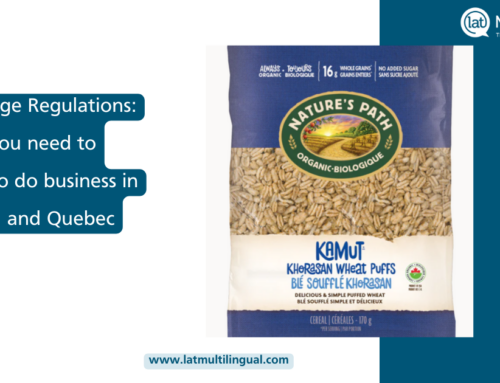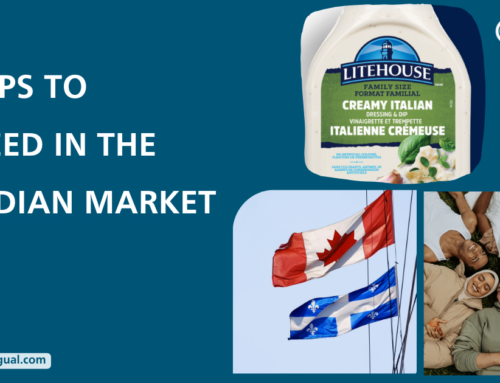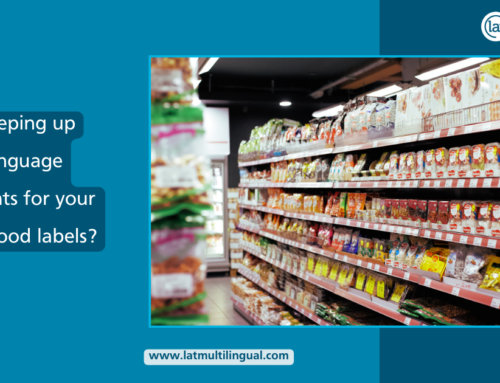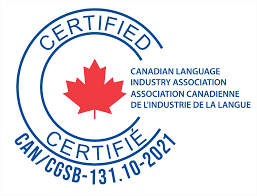In Canada, bilingual labels are a translation company’s bread and butter, and companies that make bread and butter need translation companies! This symbiotic business relationship is not only bound by law; it’s bound by common sense. If you want your food product to reach as many markets as possible, speaking to people in their native language is the first step.
For many health food companies in Canada and the US, trade shows like the upcoming Canadian Health Food Association (CHFA) or Expo West are a great opportunity to meet manufacturers and brokers and create new business relationships, but conquering the Canadian market is just a slice of the pie. Have you captured the opportunity of marketing your products to different cultures?
Think Beyond French-Canadian Labelling
Canadian food is a worldwide success story. Not only has food become the country’s largest manufacturing industry by sales (ahead of machinery, steel, cars and technology), but worldwide, our products are known for their superior taste and quality ingredients. In huge markets like China, consumers choose Canadian brands because they trust in the product, often purely because of its origin. Companies simply need to create Chinese labels with the origin clearly stated (and a few Canadian motifs like the maple leaf thrown in for good measure), and their product will be easily recognized and sought after.
Everett de Jong, Pelee Island Winery’s export director, told the Financial Post[2], “Authenticity is the biggest thing in China. That’s a perception in China, that Western foods are of higher quality and higher standard than domestic food, and Canada has a huge reputation, a good reputation, for producing quality, safe products.”
China: Cultivating a Good Reputation
Yuen Pau Woo, the chief executive of the Vancouver-based Asia-Pacific Foundation of Canada, says Canadian health food products have an easier time on Chinese shelves—not only do they have a superior reputation, but local food is often seen as inferior.
Woo told the Financial Post, “I think we have now crossed a tipping point where the numbers of urban middle class have the purchasing power to buy a much wider range of food products, and who have the purchasing power to demand their products meet the safety and quality expectations that they have.”
The US and Europe: Reaching Across Borders
Organic companies based out of Canada can also take advantage of a number of equivalency agreements between the Canada Organic Trade Association (COTA) and other countries. Equivalency agreements allow foods certified in the exporting country to be certified in the importing country. Previously, producers either had to pay for multiple certifications or ran parallel systems on their farms.
Equivalency agreements have now been signed with the USA, the European Union, Switzerland and Costa Rica, which means that small organic companies have more of an opportunity to cost-effectively export their products.
Global Domination: The First Step
Doors are opening for Canadian health food worldwide. To reach markets where products are desired such as China, or where bilateral agreements are opening doors, such as the US and Europe, your company needs to be ready to speak the language. To begin your push into new markets, you will need a few tools:
- Bilingual or translated labels
Just as we have come to know bilingual labels in Canada, look to adding new languages to your packaging for the overseas market. Translating your labels into Mandarin for Chinese customers and Spanish for the US market will go a long way in building trust and welcoming new customers to know and love your brand. - A multilingual website
With more and more customers buying products online, it’s important to have a multilingual web presence. Having your website translated into different languages will give new customers a deeper understanding of your brand and products; one that goes beyond what you can fit on a label. - Advertising
Once your product, branding and website are ready to speak to new markets, make sure you are advertising in the right places; not only online, but across the full breadth of media. Traditional North American websites and print media will not always work! Work with a multilingual media buyer, who will know the best places to book ads that give you exposure for the best price.
New markets, languages and media – it may all sound too much! If you are reading this and putting multilingual marketing on the backburner, think again. With the English-speaking market already saturated with health food and organics, why not reach for the low-hanging fruit in multilingual markets? The move towards healthy, organic food is multinational, and the time to seize new customers is now. Don’t wait until your competitors have dominated emerging markets first – seize the day!
Sources:
[1] https://www.theglobeandmail.com/report-on-business/economy/manufacturing/canadas-food-producers-relish-taste-of-success/article589053/?page=all [2] https://business.financialpost.com/2013/06/08/a-gastronomic-transition-chinas-growing-hunger-for-canadas-food/
